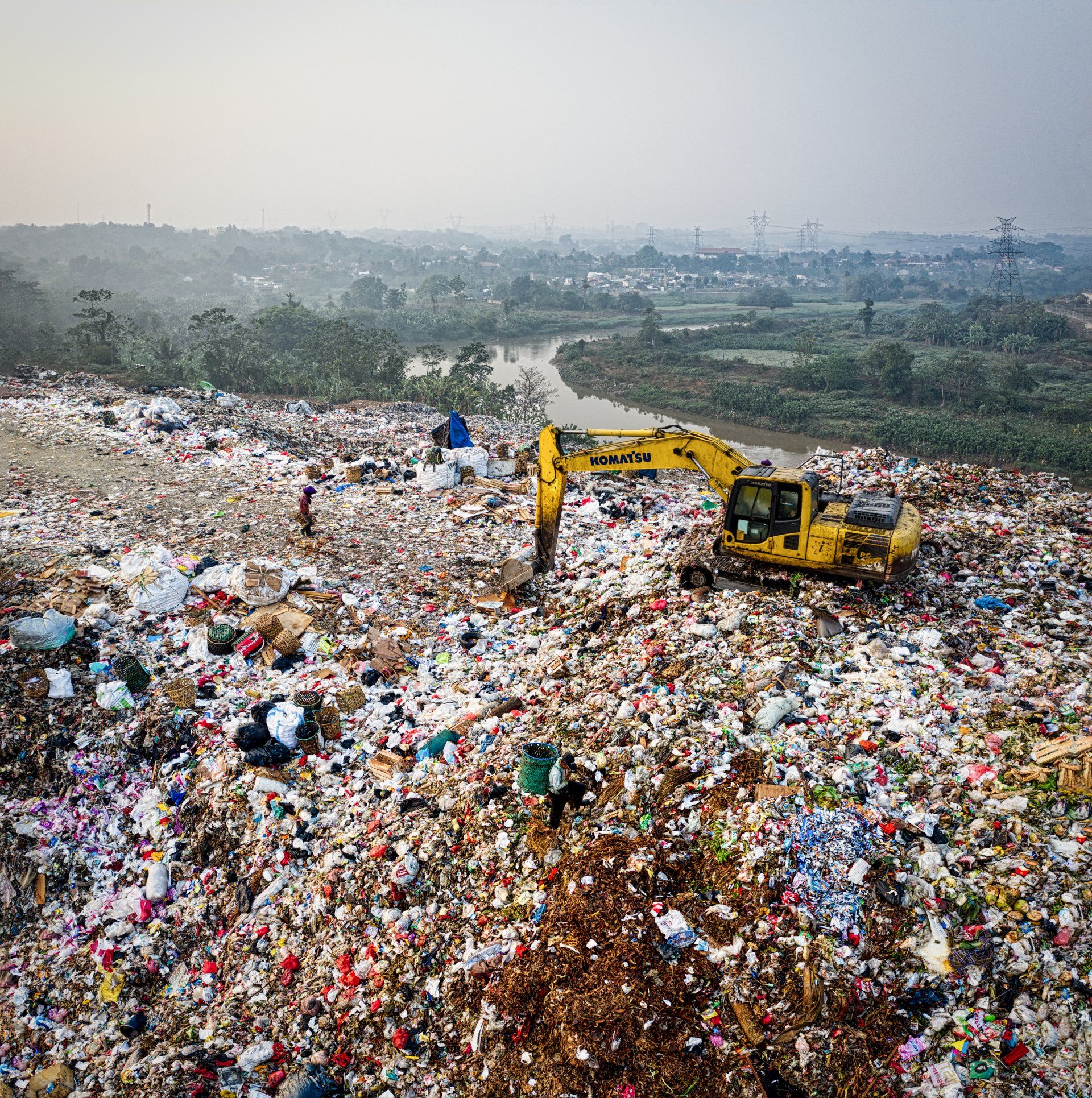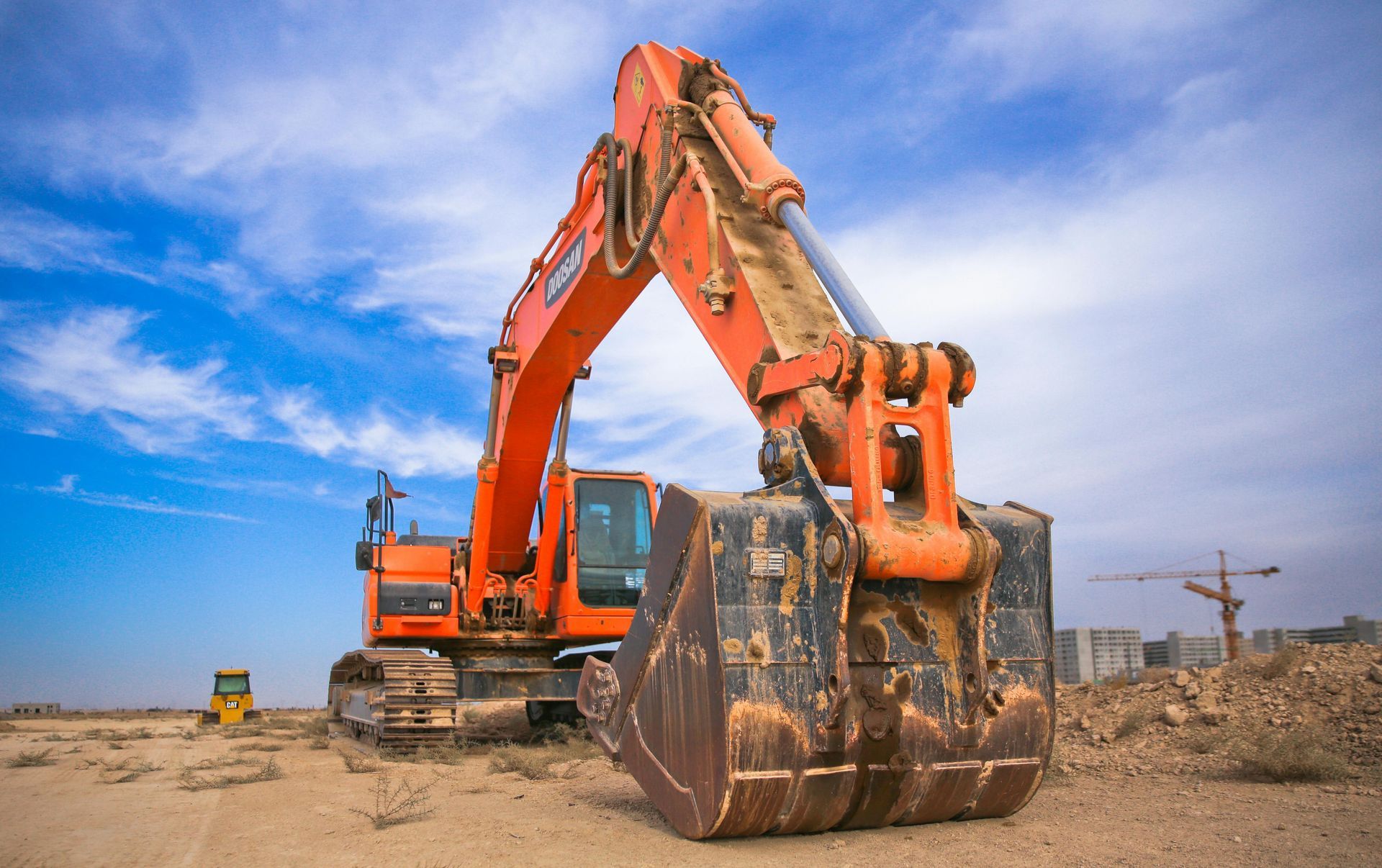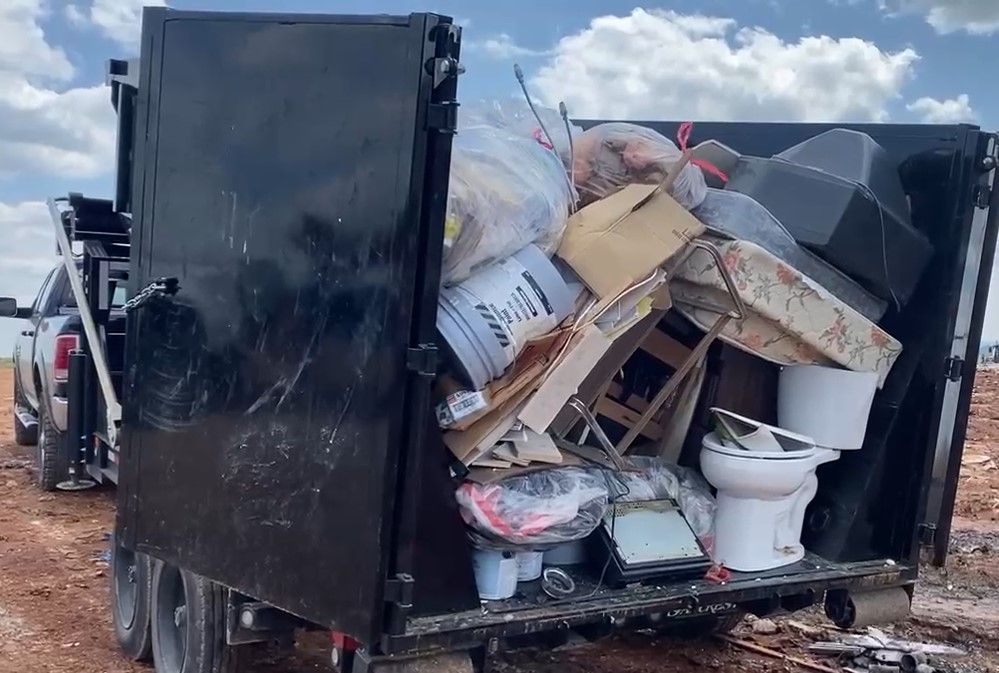How To Clean Out A Hoarder House
Cleaning out a hoarder house isn’t just a weekend chore — it’s a serious project. Whether you're a family member, property manager, or real estate investor, tackling a hoarder cleanout requires planning, the right equipment, and a strategy. As a dumpster rental company, we’ve seen it all — and we’re here to share what works.
Assess the Situation
Before you bring in the dumpsters, take a walkthrough. Hoarder homes range in severity. Is the clutter mostly trash and paper, or are there large furniture items, biohazards, or structural damage?
Here’s what to look for:
- Volume of items (floor-to-ceiling or just cluttered rooms?)
- Potential hazards (mold, animal waste, rotten food)
- Type of items (trash, furniture, electronics, hazardous materials)
This helps you estimate the dumpster size and the number of loads you'll need.
Choose the Right Dumpster Size
For hoarder house cleanouts, we typically recommend one of the following:
- 20-yard dumpster: Ideal for smaller homes or moderate hoarding.
- 30-yard dumpster: Great for medium to large homes with significant junk.
- 40-yard dumpster: Best for major hoarding cases, estate cleanouts, or multi-room homes.
Don’t underestimate how much space you’ll need — it’s better to have extra room than to overpay for multiple trips.
Coordinate with Pros (If Needed)
Extreme hoarder cases may require help from:
- Professional organizers
- Cleaning companies with hazmat experience
- Pest control services
- Mental health professionals (in active hoarding situations)
You’ll also need a team for sorting, lifting, and hauling — especially if heavy or unsanitary items are involved.
Sort and Prioritize
Set up a simple system:
- Keep: Sentimental or valuable items
- Donate: Items in good condition
- Trash: Everything else (this is where your dumpster comes in)
Pro tip: Have donation trucks scheduled to pick up larger items so you don’t use dumpster space unnecessarily.
Load Smart
Maximize dumpster space by:
- Breaking down furniture
- Flattening boxes
- Placing heavier items on the bottom
- Loading uniformly from back to front
Don’t toss in hazardous materials like paint, batteries, or chemicals — call us to learn how to dispose of those safely.
Repeat as Needed
Some cleanouts take multiple dumpsters or several stages. Our flexible rental periods make that manageable — just give us a call when you’re ready for the next swap.
Final Tips
- Plan for cleanup: Once the junk is gone, you may need additional dumpsters for carpet, drywall, or appliances.
- Use PPE: Gloves, masks, and eye protection are a must.
- Stay patient: Hoarder cleanouts can be emotionally and physically exhausting. Give yourself time.
Need a Dumpster for a Hoarder House Cleanout?
At Springfield Dumpster, we offer fast delivery, flexible rental periods, and expert advice. Let us help make a tough job a little easier. Call us today or book online to get started.
You might also like
Bin Buzz


